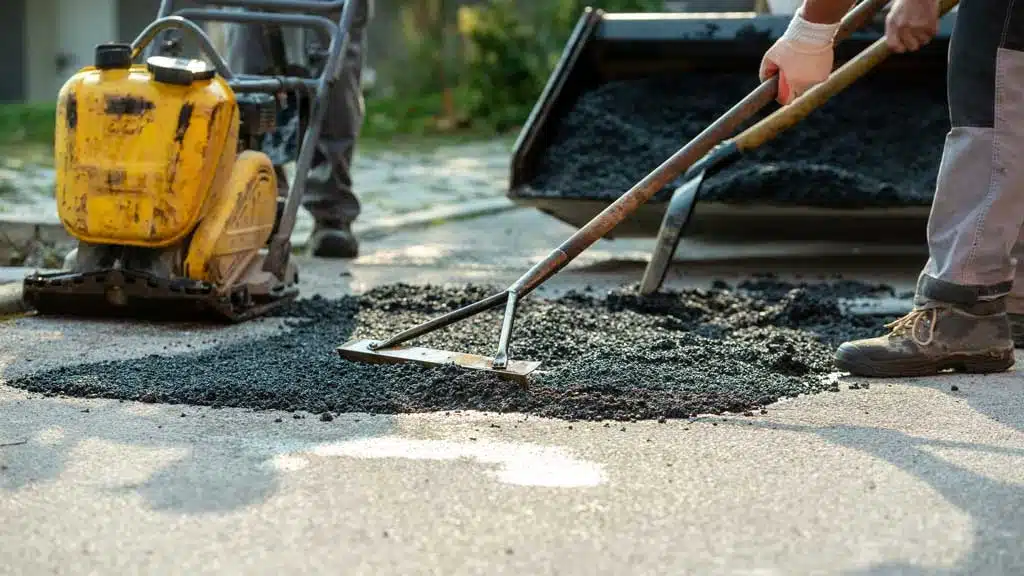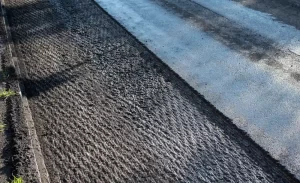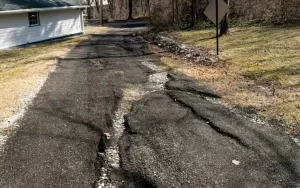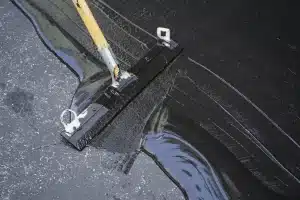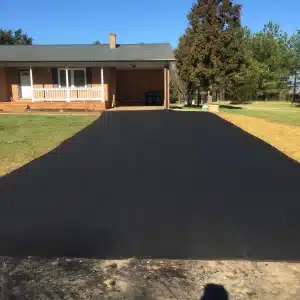Asphalt Paving in the Fall Season
While most paving professionals will tell you that spring and summertime are the best seasons for applying asphalt and for maintaining it, there is also something to be said for autumn asphalt paving projects. In order to effectively lay down an asphalt surface, it’s necessary for the external air temperature to be above 50°, and for there to be no heavy rain in the forecast before or after that time. Temperature changes the bonding layer in different seasons.
Asphalt is most pliable and consistent at around 70°F, and that’s why spring and summertime tend to be more optimal for asphalt projects. However, any time the temperature is above 50° in the autumn, you will have at least the minimum conditions necessary to proceed with asphalt paving in the Fall Season. An additional benefit of autumn asphalt maintenance and other paving projects is the fact that it prepares your road surfaces and other paved surfaces for the cold weather coming in wintertime.
This can be a very important point, because there is almost always a succession of freeze and thaw cycles that occur during wintertime, and these can wreak havoc on asphalt surfaces. When water gets in between cracks, freezes, and then thaws, it can expand these cracks significantly, and it will then work to weaken or degrade the asphalt surface.
By carrying out autumn maintenance on your asphalt surfaces, you can prevent a number of costly repairs in the springtime, and possibly even a total replacement. By conducting your asphalt maintenance in the fall, you can literally save a great deal of time and money, because your pavement will be better prepared to face the harsh conditions of winter.
Asphalt Paving in the Fall Season Paving and Maintenance tips
Before the arrival of winter, here are some things you can do to prepare your asphalt surfaces so they have more protection against the onslaught of cold weather:Sealcoating
– this can be a critical process for your asphalt paved surfaces because it helps to prolong the life of the asphalt by creating a barrier against moisture that would otherwise penetrate into the cracks. By sealing the asphalt, it will be possible to maintain its color and appearance as well as to provide a protective barrier. Asphalt which is not sealed in this way is much more susceptible to the formation of cracks, and if these cracks are left untreated, they can develop into bigger cracks or potholes, and that can lead to costly repairs or replacement.
Patching cracks
– the relatively mild temperatures of autumn are ideal for sealing up cracks, so they don’t get worsened by winter weather. The cold temperatures of winter have a tendency to expand and contract these cracks and make them larger, whereas the heat of summer will cause the pavement to expand and close the cracks. That makes it important to seal up the cracks while the weather is still relatively benign so that any damage during wintertime can be minimized, and the harmful cycle of freezing and thawing can be stopped.Pressure washing
– Pressure washing is a great way to wash your asphalt surface so that all chemicals, petroleum products, debris, and dirt can be completely removed, all during one session. Chemicals, debris, and rock salt can be carried into the cracks by water and snow, and this can cause tremendous damage during the freeze and thaw cycles that routinely occur every year. Pressure washing will also contribute a great deal to the curb appeal of your driveway or other paved surfaces, such as a walkway or a commercial parking lot. Engage the services of a professional, because they will have all the appropriate gear to efficiently accomplish the pressure washing.As you can see Asphalt Paving in the Fall Season can be carried out but there are many factors to consider. It’s best to work with professional asphalt paving company. Prime Paving & Sealcoating are available for your questions.

